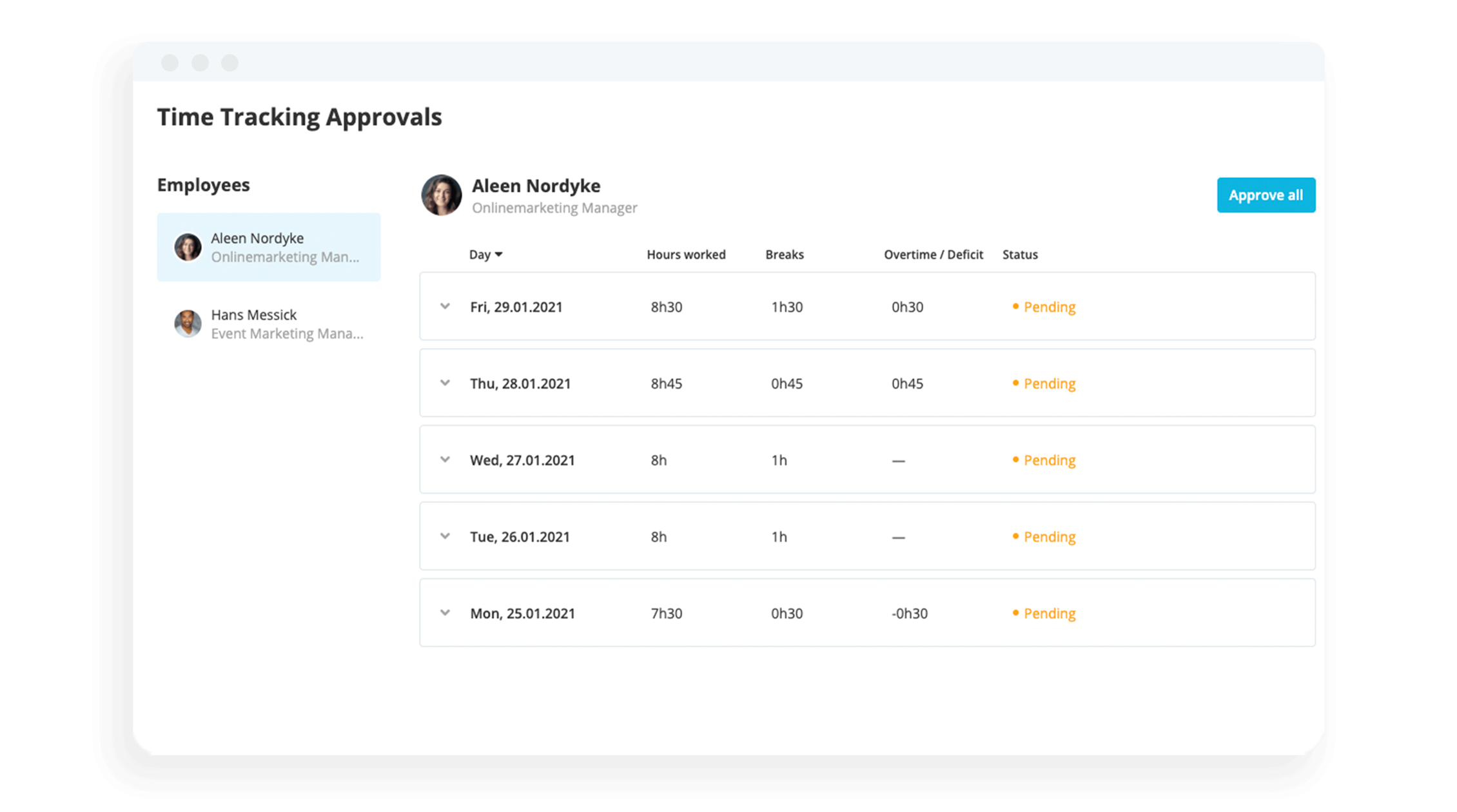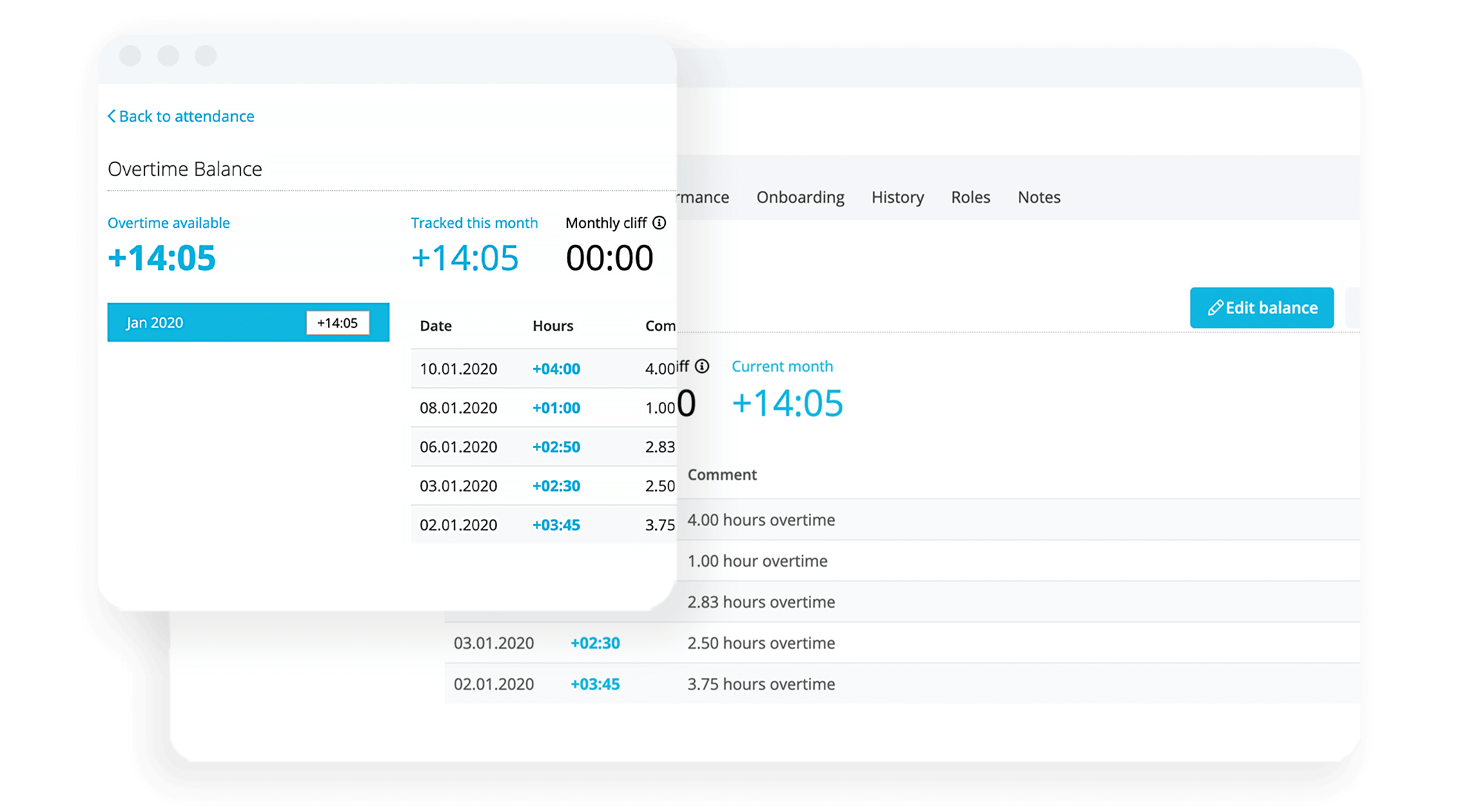Working Time Regulations in the UK: A Comprehensive Guide

The UK Working Time Directive grants employees more control over how much work they do in a given period. However, working time regulations can be challenging to navigate and could potentially expose companies to employee disputes or tribunal claims. Below is a comprehensive guide to help your company comply with the working time regulations.
Key Facts
In the UK, the 1998 Working Time Regulations limit the hours an employee is required to work.
‘Working time’ refers to the period when you can tell employees what they can and can’t do.
The Working Time Directive outlines a minimum number of rest breaks your workforce is entitled to and guides you on how to prepare employee schedules.
What the working time regulations in the UK?
The UK's Working Time Regulations of 1998 set a limit of 48 hours a week over a 17-week period where an employee may be required to work. It also set limits on hours worked per day (8) and a right to a set amount of hours of rest (11). It also includes a right to a day off.
Additionally, it gives workers the right to a minimum length of rest breaks. Regulations like these were implemented to prevent adverse outcomes to the health and safety of UK employees due to the consequences of overwork or burnout.
What is the daily limit of hours for UK workers?
You can’t require your employees to work more than 13 hours in a day without their consent.
Are UK workers entitled to breaks in the working day?
Breaks employees are entitled to include:
20-minute breaks when they work six hours or more
11 hours of rest between workdays
Weekly rest of 24 hours within a 7-day work period or 48 hours in a 14-day work period
Holiday entitlements
Working time directive: What counts as working time?
The 1998 Working Time Regulations define ‘working time’ as a period during which:
The employer can tell an employee what they can and cannot do.
The employee is carrying out their work-related duties.
Many work activities fall under that criteria, including:
Travel to meet with clients
Training new hires
Being on call
However, it’s also essential to understand what activities aren’t governed by working time regulations laws, such as:
Travel between an employee’s home and the workplace
Rest breaks taken before any work has been done
Any travel outside normal working hours (taking a plane to a conference, for example)
Training that an employee undertakes independently
Working time regulations UK: Key aspects
The finer details of the UK Working Time Regulations are often difficult to track. However, at a minimum, your company is expected to understand three key aspects of the law.
1. Maximum weekly working time
The Working Time Directive states that employees can’t work more than 48 hours per week unless they opt out of that constraint. Keep in mind that working hours are calculated over 17 weeks. Your staff can work more than 48 hours in a given week as long as their average number of work hours doesn’t exceed 48 within the timeframe.
Additionally, some industries are exempt from the 48-hour time limit. For example, nurses and correctional officers typically work more because their industries require 24-hour staffing. In contrast, employees under 18 can only work up to 40 hours a week, regardless of circumstance.
2. Rest breaks
Working time regulations state that your employees are entitled to a 20-minute rest break if their shift lasts longer than six hours. In addition, workers must have 11 hours of rest between workdays (you can’t schedule them to close the shop and open the next day, for example).
3. Annual leave and holiday entitlement
Regulations entitle employees to 5.6 weeks paid holiday per year or 28 days for someone working only five days a week. It’s up to the company whether their workforce’s statutory leave includes bank holidays or whether they grant their employees annual leave above the minimum.
Track Your Teams’ Time Seamlessly

See working hours at a glance across your company.
Get Smarter Attendance Tracking.
Working time rules for special cases
Because certain employees work outside typical working hours, there are regulations to accommodate their rights specifically.
Night workers
The law defines ‘nighttime’ as the period between 11 p.m. and 6 a.m. However, companies can designate a different time frame as long as it’s at least 7 hours long and includes the hours between 12 midnight and 5 a.m. Night employees are restricted to working no more than eight hours in a 24-hour period with no option to work overtime.
Because of the potential negative impact on an employee’s well-being, you must administer a health assessment before someone becomes a night worker. It’s also recommended to repeat assessments periodically to identify potential health problems that decrease an employee’s ability to work.
Shift workers
There isn’t a legal definition of shift work. However, it often refers to work outside of typical daytime hours where there’s a handover of duties from one individual to another within a 24-hour period. Working time regulations state that a shift-based work schedule should include 11 consecutive hours of rest breaks between shifts.
Additionally, a day off should be given at least once every two weeks while also allowing for a 24-hour rest break after a 24-hour shift.
Employer responsibilities and employee rights
As soon as employees start working at your company, they’re entitled to certain statutory rights. Accordingly, you have several responsibilities as the employer to uphold these rights and avoid legal ramifications. These responsibilities include:
Pay your employees at least the national minimum wage. The minimum wage is:
£10.42 for employees 23 and over
£10.18 for 21 to 22
£7.49 for 18 to 20
£5.28 for 18 and under
Give employees a safe working environment with ready access to clean water, first aid equipment, safety clothing and other precautions.
Provide employees with a 20-minute rest period if they work six hours or more.
Offer employees at least 5.6 weeks of holiday entitlements (the amount of time off differs between full-time and part-time workers).
Tightly control any employee health or safety risks discovered through a health assessment.
Establish a company policy that prohibits discrimination based on protected characteristics such as age, gender, sexual orientation, and more.
Give employees at least one month’s notice of dismissal if they’ve been with your company for longer than a month but less than two years.
Track time without the risk

The Working Time Regulations 1998 set a new standard for how long employers can expect their employees to work. A big part of that is ensuring that employers know exactly how long their employees are working in practice.
That is why time tracking software, especially as part of an all-in-one HR solution, can be so helpful. Personio helps teams track time, maintain a clear overview and ensure compliance in secure ways. You can learn more about here.
Disclaimer
We would like to inform you that the contents of our website (including any legal contributions) are for non-binding informational purposes only and does not in any way constitute legal advice. The content of this information cannot and is not intended to replace individual and binding legal advice from e.g. a lawyer that addresses your specific situation. In this respect, all information provided is without guarantee of correctness, completeness and up-to-dateness.
